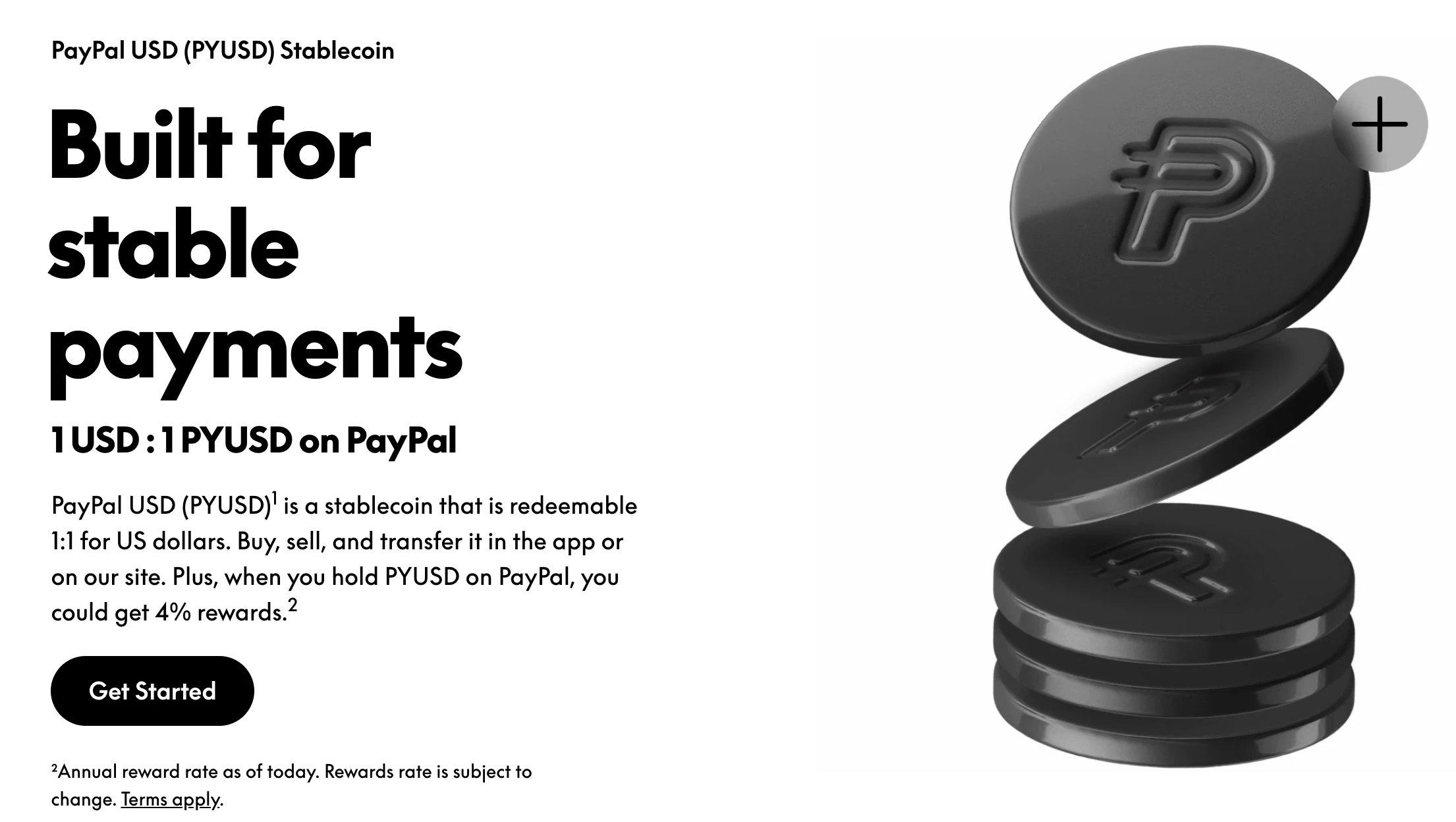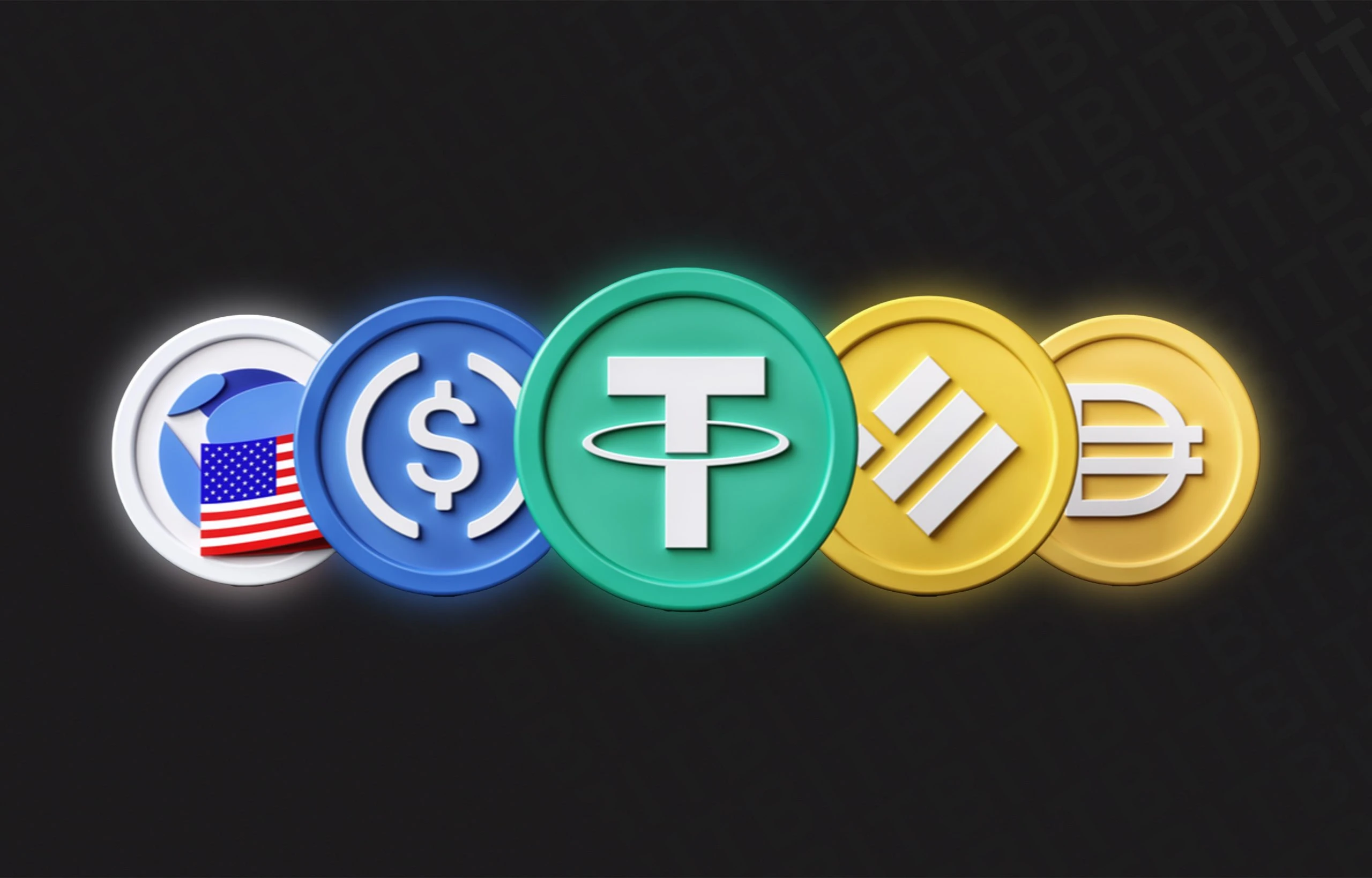In recent years, the stablecoin market has risen at an astonishing speed, becoming a key hub for the integration of the digital economy and traditional finance. By 2025, traditional financial institutions' enthusiasm for stablecoins continues to soar, with numerous banks and fintech companies globally accelerating their entry into this field, attempting to seize the initiative in the wave of digital finance.
The Boom of the Stablecoin Market and Active Participation of Traditional Financial Institutions
By 2025, the scale and influence of the stablecoin market continue to expand. According to the latest data from Chainalysis, the monthly trading volume of stablecoins has surged to a trillion-dollar scale, accounting for 60% to 80% of the total cryptocurrency trading volume. This explosive growth has attracted widespread attention from traditional financial institutions, which are accelerating their integration into the digital economy ecosystem by issuing stablecoins, participating in blockchain network construction, and providing related financial services. For example, American financial giants such as JPMorgan Chase, Bank of America, Citigroup, and Wells Fargo are exploring the possibility of jointly issuing stablecoins.

At the same time, fintech companies are also accelerating their layout. Stripe announced the launch of stablecoin accounts in 101 countries, while PayPal is further expanding its global influence through its PYUSD stablecoin, utilizing stablecoins for instant cross-border payments, particularly excelling in emerging markets. These dynamics indicate that traditional financial institutions are embracing stablecoins with concrete actions, attempting to occupy a strategic high ground in the digital finance field.
The Deep Reasons Driving Traditional Financial Institutions' Entry
The interest of traditional financial institutions in stablecoins is not a fleeting trend but the result of multiple market and technological factors. First, stablecoins are favored by users due to their value typically pegged to fiat currencies like the US dollar, resulting in low volatility. Data from ARK Invest shows that the global stablecoin user base has reached 170 million to 230 million, accounting for 15% to 20% of non-US residents holding US dollars.
This broad user base provides a significant market opportunity for financial institutions. By issuing stablecoins, banks and fintech companies can meet customer demand for secure and stable digital assets while enhancing brand trust. For instance, JPMorgan's JPM Coin has been widely used in its corporate payment system, demonstrating the potential of stablecoins in optimizing financial services. Secondly, the efficiency advantages of blockchain technology are a crucial driving force for traditional financial institutions entering the stablecoin market.
Compared to the traditional SWIFT system, blockchain-supported stablecoin transactions can achieve near real-time settlement at significantly lower costs. Wells Fargo's blockchain pilot project indicates that its cross-border transfer efficiency far exceeds that of traditional systems, and the Australian National Bank's (NAB) AUDN, a stablecoin pegged to the Australian dollar, has also shown similar advantages in pension payments and carbon credit trading. Additionally, competitive pressure is an undeniable factor.

As stablecoins like Tether (USDT) and Circle (USDC) dominate the market, traditional financial institutions face threats from crypto-native companies and emerging fintech enterprises. Tether and Circle hold as much as $166 billion in US Treasury bonds, becoming significant participants in the bond market. If banks do not actively participate in the stablecoin market, they may gradually lose competitiveness in the payment and settlement sectors.
Regulatory Environment and Global Market Opportunities
The gradual clarification of the regulatory environment provides a solid compliance foundation for traditional financial institutions entering the stablecoin market. In July 2025, the United States passed the GENIUS Act, establishing the first federal regulatory framework for payment stablecoins, requiring issuers to hold 100% liquid asset reserves (such as US dollars or short-term Treasury bonds) and to regularly disclose the composition of these reserves.
This legislation significantly reduces the legal risks for banks entering the market. The European Union's Markets in Crypto-Assets Regulation (MiCA), effective from mid-2024, also provides a clear compliance path for stablecoin issuance, while regions like Hong Kong, Singapore, and the UK have introduced supportive policies. These regulatory frameworks not only enhance market confidence but also provide traditional financial institutions with a "safe harbor" for entering the market. Meanwhile, the role of stablecoins in global financial inclusivity is becoming increasingly prominent, especially in emerging markets. Companies like Yellow Card are using stablecoins to help African businesses achieve instant cross-border payments, bypassing the delays and high costs of traditional banking systems. By issuing stablecoins, traditional financial institutions can serve over 1 billion people globally who are not covered by traditional banks, expanding new markets and enhancing customer loyalty. For example, Ripple's RLUSD stablecoin has chosen BNY Mellon as its reserve custodian, emphasizing its security and compliance in enterprise-level applications, attracting a large number of institutional clients.
Opportunities Brought by Stablecoins: Reshaping the Financial Ecosystem
The entry of traditional financial institutions into the stablecoin market is not only a response to market trends but also brings profound opportunities for their own development. First, stablecoins provide the potential for modernizing payment systems. Through blockchain technology, stablecoins can replace traditional payment networks (such as SWIFT, Visa, Mastercard), significantly reducing transaction costs and accelerating settlement speeds. For instance, Amazon and Walmart are considering adopting stablecoins to reduce credit card transaction fees, while banks can attract more corporate clients by offering stablecoin payment solutions. Secondly, stablecoins inject new vitality into the US dollar's dominance in global finance. ARK Invest points out that stablecoins, through global demand for USDT and USDC, indirectly drive investment in US short-term Treasury bonds, serving as a "Trojan horse" for the dollar. By issuing dollar-pegged stablecoins, traditional financial institutions can not only solidify the international status of the dollar but also occupy a strategic advantage in the digital economy. Additionally, the flexibility of stablecoins allows them to be seamlessly integrated into financial services such as asset tokenization, liquidity management, and trade financing.
Challenges and Risks Faced
Despite the opportunities in the stablecoin market, traditional financial institutions also face numerous challenges upon entry. First, the complexity and cost of regulatory compliance are significant obstacles. Although regulations like the GENIUS Act and MiCA provide frameworks, issuers must meet strict anti-money laundering (AML) and know your customer (KYC) requirements and ensure the transparency of reserve assets. Data from Chainalysis indicates that about 63% of illegal crypto transactions involve stablecoins, leading regulators to scrutinize stablecoins more rigorously, increasing the compliance burden on banks. Secondly, the rapid expansion of the stablecoin market may trigger financial stability risks. Research from the Federal Reserve warns that if the stablecoin market experiences a "run" event similar to the 2022 TerraUSD collapse, issuers may be forced to rapidly sell US Treasury bonds, leading to market volatility. The collapse of TerraUSD resulted in a loss of $45 billion in market value, highlighting the potential instability of stablecoins. Additionally, technological risks cannot be overlooked. The blockchain infrastructure that stablecoins rely on requires strong security and risk resistance, while traditional financial institutions face significant investment demands in technology upgrades and cybersecurity. Finally, market competition and trust issues are also critical. Tether was fined $41 million due to reserve transparency issues, reminding banks that they must win user trust through strict auditing and transparency measures while competing fiercely with established stablecoin issuers.
免责声明:本文章仅代表作者个人观点,不代表本平台的立场和观点。本文章仅供信息分享,不构成对任何人的任何投资建议。用户与作者之间的任何争议,与本平台无关。如网页中刊载的文章或图片涉及侵权,请提供相关的权利证明和身份证明发送邮件到support@aicoin.com,本平台相关工作人员将会进行核查。



